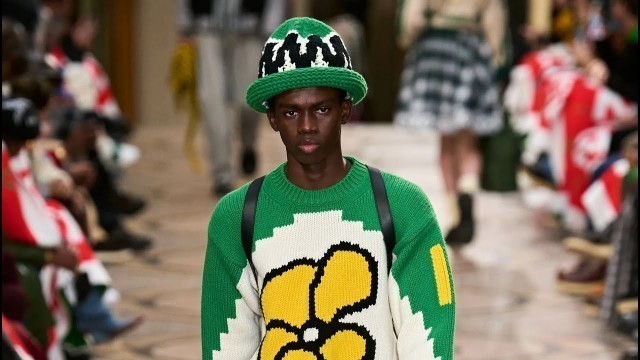

'Kenzo | Menswear | Fall Winter 2022/2023 | Fashion Show Pharrell Williams was here, wearing some cute diamond-and-emerald-edged sunglasses he’d designed for Tiffany. Alongside him, Kanye West and Julia Fox doubled up in double denim (hers by Daniel Roseberry at Schiap). Pusha T, Shygirl, J Balvin, Gunna, Big Matthew, Sik-K, and Tyler, The Creator, were just down the row. This made for an extremely strong crowd at a Sunday morning show that effectively marked the end of this omicron-quieted season of menswear and augured the unfolding of couture. In part, they were here for the house of Kenzo. All of them (and us) were seated in the beautiful but chilly (and suddenly weed-fumed) Galerie Vivienne. It was here, in 1970, that a small gallery unit with cheap rent was snapped up by 31-year-old Kenzo Takada, who had arrived circuitously from Tokyo five years previously with the dream to emulate Yves Saint Laurent and become a fashion designer. Shortly after moving in and painting the interior after Rousseau, Kenzo threw his first show here under the name Jungle Jap (which he changed once discovering the pejorative weight of ‘Jap’ in the US). The collection was cut, sewn and painted with fabrics brought from a Montmartre market. As Kenzo later recalled: “I was looking for some kind of identity as an outsider, so I wanted to bring something very Japanese into it, and that meant textiles with a lot of color and pattern.” By 1993, when he sold his company for $80 million to what would become LVMH, Kenzo had developed that formula to become one of the most beloved and distinct designers operating in Paris. He sadly passed away in late 2020 after being laid low by Covid-19, but had continued to work on new projects— including a really excellent retrospective book of sketches and photography—until shortly before. Let’s be honest, though: for the last few seasons there hasn’t been much buzz at Kenzo. Yes, there was that period, starting a full decade ago, when the Kenzo-coded tiger sweatshirts produced under the excellent Carol Lim and Humberto Leon went from cool to hot to way overcooked. But since their time here ended in 2019, the house has been quiet. So could this collection carry that weight? It looked like it. During a preview at the Kenzo studio—fittingly just around the corner—there had been even more category groups hung, piled and shelved around us than were shown on the runway in this densely-packed co-ed presentation. Apparently, the plan is to release elements of it in limited edition monthly drops—which fittingly both mirrors the model in which Nigo has previously operated, and also reflects the original MO of Jungle Jap: during that very early period of his brand, Kenzo would sell his garments as soon as possible—ignoring the seasonal credo—in order to generate enough revenue to pay the rent and buy more fabric. In many other overt ways, Nigo paid due attention to the wellspring without becoming overly deferential: consciously derivative. The key poppy print—I clearly remember my mother wearing a long Kenzo poppy dress in the 1980s—was redrawn and applied in silhouette on washed denim workwear, by velcro patch, to hats, plus on waistcoats, midi (almost-swing) skirts, camp collar shirts and more. The cutely kawaii stuffed animal scarves, knit and fleece, were another revival. A more baroque cousin of the poppy print, this one leafier, was also revived, redrawn and used to express that interesting love-meets-war intersection of camouflage and foliage on two full looks and a parka. A very striking new floral punctuated by curling calligraphic strokes and the occasional tiger was an adaptation of a sketch by Nigo’s current pottery master, from whom he is learning a specific type of the art named Aka-e. These were printed onto loose, long, workwear-ish lab coats and suiting, as were a selection of Kenzo’s original sketches for the house. Shortly before the show, Williams said: “The coming together of Nigo and Kenzo—it’s symbolism, right? None of us would miss it. Nigo is the father of so many things that we’ve all looked up to, and that have meant so much to all of us.” Of the collection (which he’d also previewed) he added: “So it’s like 1950s and ’60s clothing remade in the ’80s, but through the lens of the 2020s.” Which was a pretty perfect summation of this first page of a fresh chapter in the story of the House of Kenzo. #kenzo #fashionshow #thefrontrow'
Tags: fashion , Women , woman , mode , catwalk , runway , moda , full , Womens , week , Show , models , womenswear , haute , Femme , Lenght , man , menswear , mens , winter , fall , autumn , men , ready to wear , Outono , Inverno , Automne , Hiver , prèt-a-porter , rtw , pap , Uomo , Homme , Men’s , Menswear Collection , 23 , 22 , 2022 , мода , 2023 , front row , Kenzo , Women’s Collection , FW22 , FW2022 , Зима , frontrow , the front row , мужская одежда , женская одежда , мужчины , FW23 , FW2023 , Thefrontrow , The Looks , Падать , kenzo fall 2022
See also:

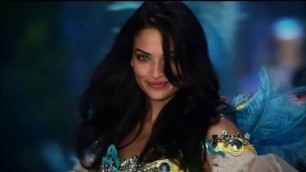
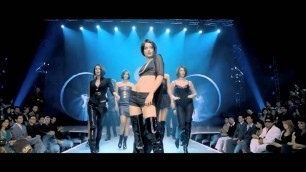

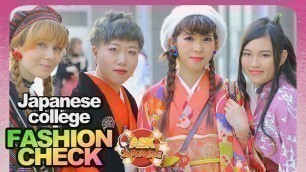
!['Top 10 Slippers Bathroom [Men Fashion Winter 2018 ]: Maizun Massage Slippers Spa Sandals Slippers'](https://cdn-img01.4kfashionchannel.com/images/57-m/145/1454737_m.jpg)

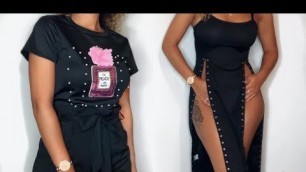

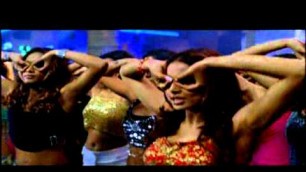
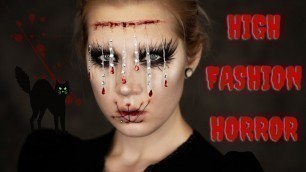





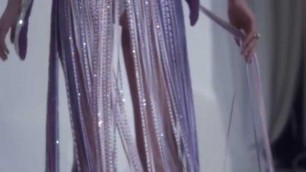
comments